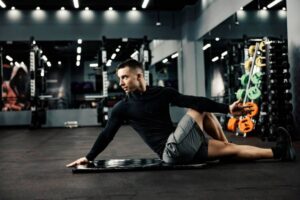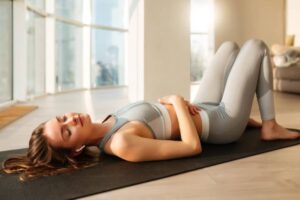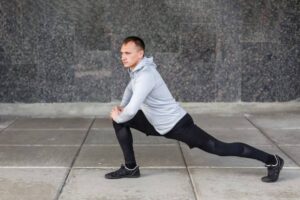The Fitness Blog
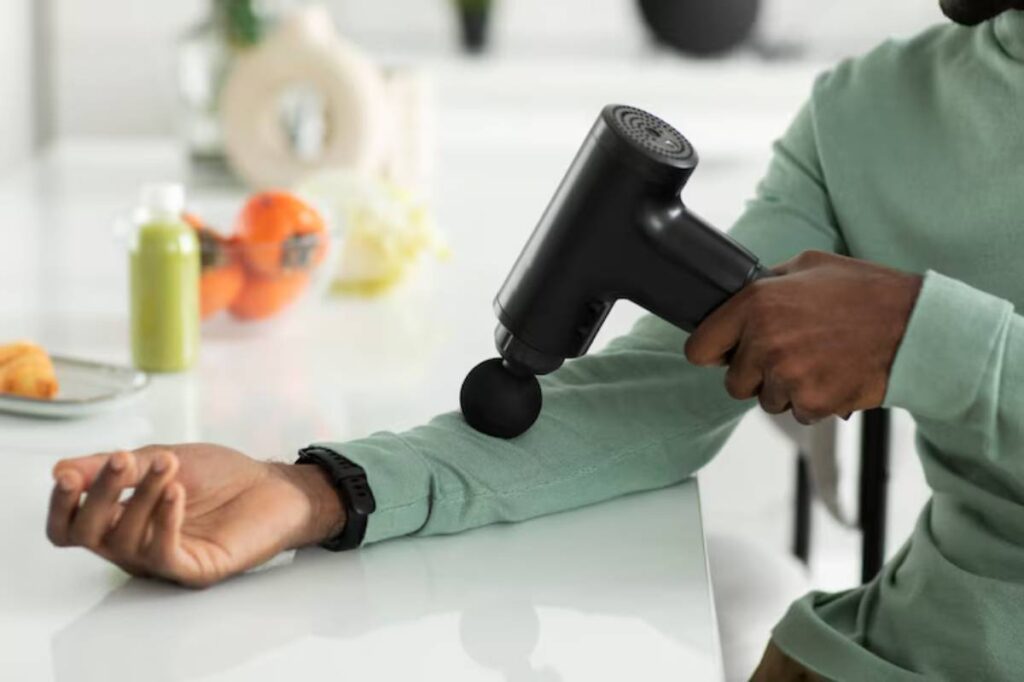
The Best Recovery Tools for Home Use
You’ve wrapped up a tough training session. Muscles are burning, heart’s still pounding, and your body’s crying out for care. But here’s the thing—you don’t need a physiotherapist on speed dial or a high-end spa to recover properly. Some of the best post-workout gear is simple, effective, and right at your fingertips.
Recovery isn’t just about kicking back. It’s a proactive part of your fitness journey—one that happens not just in the gym but in your living room, bedroom, or even at your desk. From easing sore muscles to boosting circulation, the right home recovery tools can make all the difference between bouncing back and burning out.
In this guide, we’ll explore a curated list of the most effective recovery equipment for home use—tools that enhance your performance, reduce soreness, and support longevity, no matter your fitness level.
Why Recovery Equipment Matters—Even If You’re Not an Athlete
It’s Not About How Hard You Train—It’s About How Well You Recover
Training breaks you down. Recovery builds you back. Whether you lift, run, spin, or stretch, your body needs time and tools to:
- Repair damaged muscle fibres
- Restore range of motion
- Reduce inflammation and tension
- Prepare for the next session
But here’s the reality: many people treat recovery as an afterthought—until injury or burnout hits. Integrating accessible, daily tools into your routine changes the game. It’s like giving your body a toolkit, not just a chance to rest.
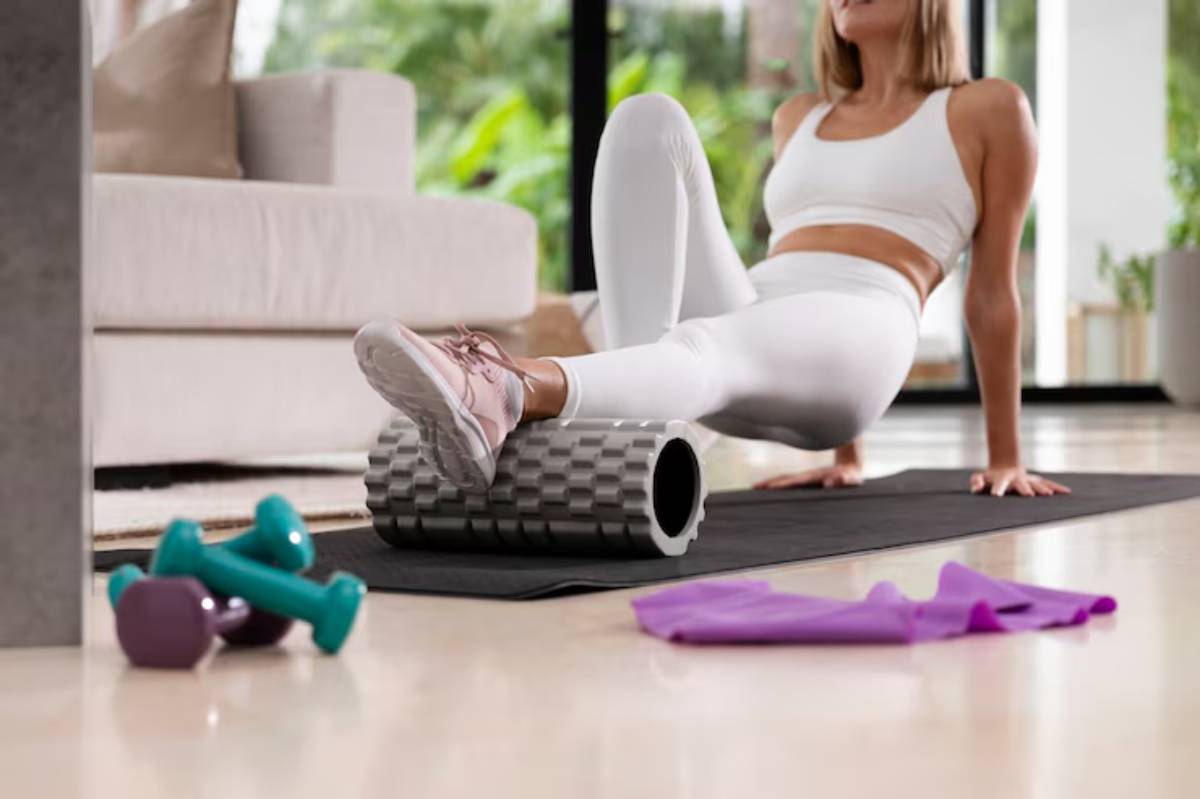
1. Foam Roller: The All-Rounder of Recovery
What It Is:
A cylindrical tool used for self-myofascial release, helping you roll out knots and tight spots across large muscle groups.
Why It Works:
Foam rolling increases blood flow, reduces soreness, and enhances mobility. It’s ideal for areas like the quads, glutes, hamstrings, lats, and upper back.
Best For:
- General soreness
- Improving squat or hinge movement patterns
- Desk workers with upper-back tension
Insider Tip:
Use it post-workout or during a warm-up mobility flow. Foam rollers are especially effective when paired with breath control and slow, deliberate movement.
If you’re debating whether a foam roller or a massage gun is better, this comparison of foam rolling vs percussion massage breaks it down with pros, cons, and use cases.
2. Massage Gun: Deep Relief, On Demand
What It Is:
A handheld device that delivers percussive therapy—rapid pulses into muscle tissue—to reduce tightness and aid recovery.
Why It Works:
Massage guns target deeper muscle fibres and are highly effective for breaking up tight fascia, stimulating blood flow, and calming soreness quickly.
Best For:
- Strength athletes and heavy lifters
- Runners experiencing tight calves or IT bands
- Anyone short on time but needing relief
What to Look For:
Quiet motors, adjustable speeds, multiple head attachments, and battery life. Use on large groups like quads or glutes, or target trigger points.
3. Resistance Bands: More Than Just Strength Tools
What It Is:
Elastic bands of various resistances are used for mobility, activation, stretching, and strength exercises.
Why It Works:
They help activate underused muscles, improve joint range, and support recovery without adding weight. They are great for shoulders, hips, glutes, and core.
Best For:
- Warm-ups and cooldowns
- Rehab or injury prevention
- Shoulder stability and hip mobility
Bonus:
Resistance bands travel well and take up almost no space—ideal for home or on-the-go workouts. They’re also key players in mobility circuits designed for lifters.
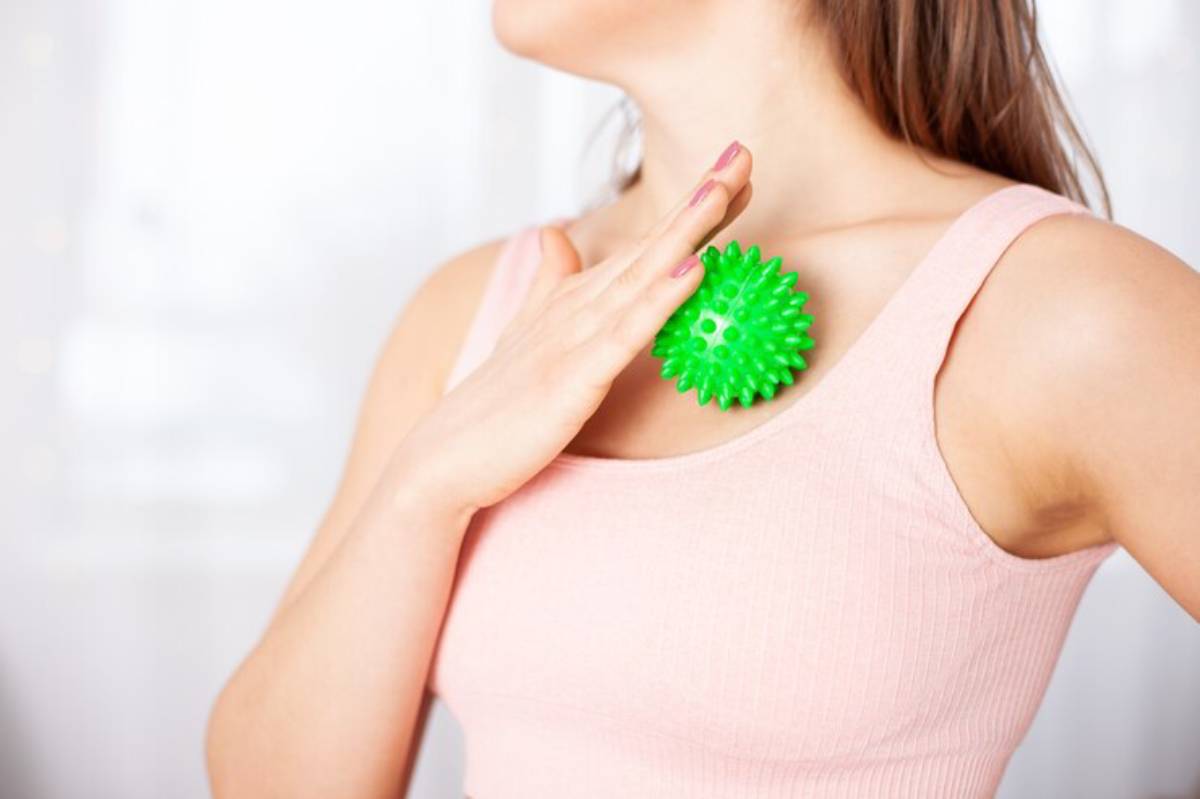
4. Massage Balls and Trigger Point Tools
What It Is:
Small, firm balls (lacrosse ball size) are used to release knots and tension in hard-to-reach spots.
Why It Works:
Unlike foam rollers, massage balls offer pinpoint accuracy. They’re ideal for releasing the traps, glutes, feet, pecs, or piriformis.
Best For:
- Plantar fasciitis
- Desk-bound shoulder knots
- Glute and hip rotator tightness
How to Use:
Place the ball between your body and a wall or floor, apply gentle pressure, and breathe through the release. Roll slowly and pause on sore spots.
5. Compression Gear
What It Is:
Garments or sleeves that apply consistent pressure to areas like the calves, arms, or thighs.
Why It Works:
Compression enhances venous return and circulation, reducing muscle swelling and speeding up the removal of metabolic waste.
Best For:
- Post-run recovery
- Long flights or extended sitting
- Reducing delayed onset muscle soreness (DOMS)
Some athletes wear compression sleeves while sleeping or during the day for extended recovery support.
6. Infrared Heating Pads
What It Is:
Pads that use far-infrared heat waves to penetrate deeper into tissues compared to traditional heat packs.
Why It Works:
Infrared heat helps dilate blood vessels, loosen stiff joints, and soothe chronic tension or back pain. It’s gentler and more effective than microwave heat packs.
Best For:
- Chronic tightness or joint stiffness
- Relaxing before bed
- Pairing with meditation or breathwork
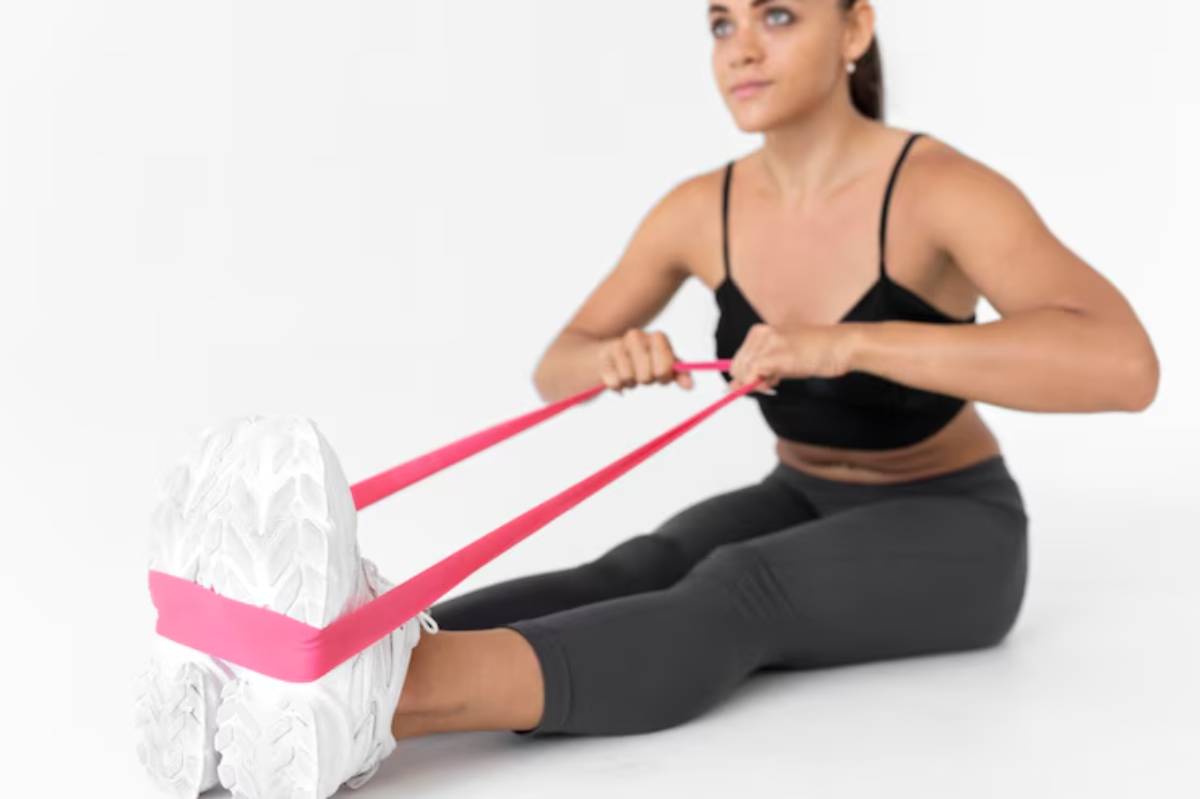
7. Stretching Straps
What It Is:
Woven or elastic straps with loops, designed to help deepen stretches safely and maintain form.
Why It Works:
They’re ideal for improving flexibility without risking strain. Great for hamstrings, calves, quads, and shoulders.
Best For:
- Yoga practitioners
- Runners
- Anyone recovering from injury or surgery
8. Vibration Plates (Bonus for the Enthusiasts)
What It Is:
Platforms that deliver low-level vibrations while you stand, stretch, or perform mobility exercises.
Why It Works:
The vibrations stimulate blood flow, reduce stiffness, and promote neuromuscular coordination. They are especially effective when paired with dynamic movement or balance drills.
Best For:
- Advanced users looking to level up recovery
- Post-leg day stiffness
- Mobility routines with added intensity
They’re an investment, but can be a game-changer when used correctly and consistently.
How to Build an At-Home Recovery Kit
You don’t need every gadget under the sun.
A balanced setup might look like:
- Foam roller for general use
- Massage ball for deep tissue work
- Resistance bands for activation and joint health
- Massage gun (optional but great for fast relief)
- A stretching strap or mat for flexibility work
Build your kit gradually, investing in quality gear that suits your routine and preferences.
Integrating Recovery Into Your Routine
The Tools Work—But Only If You Use Them
It’s easy to let your recovery tools gather dust.
Here’s how to keep it consistent:
- Anchor recovery to your workout: Finish each session with 5–10 minutes of mobility or soft tissue work.
- Stack habits: Pair foam rolling with watching a show, listening to a podcast, or winding down before bed.
- Listen to your body: Prioritise tools for the areas that feel sore, stiff, or limited that day.
And remember, the goal isn’t just to feel “not sore”—it’s to move better, lift stronger, and avoid setbacks.
The Science Behind Recovery Tools
Recovery tools improve performance by:
- Increasing local circulation and oxygen delivery
- Supporting lymphatic drainage
- Decreasing perceived muscle soreness
- Improving proprioception and joint control
A 2021 study in Sports Medicine found that percussive massage and foam rolling both significantly reduced DOMS and improved short-term flexibility. That’s not anecdotal—it’s evidence-backed.
Conclusion: Your Body Deserves a Home Recovery Plan
Recovery isn’t a luxury—it’s a habit. And with the right at-home recovery tools, you can support your performance goals, reduce injury risk, and feel better every day.
You don’t need a professional setup or an elite athlete budget. A few targeted pieces of post-workout gear, used consistently, will make your workouts more effective and your body more resilient.
Start small. Choose one or two tools from this list and use them regularly for two weeks. The results—less tightness, better mobility, quicker recovery—speak for themselves.



